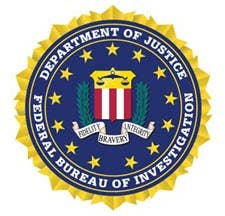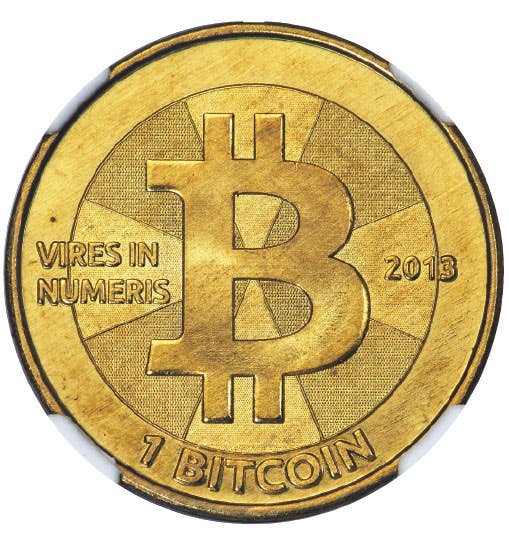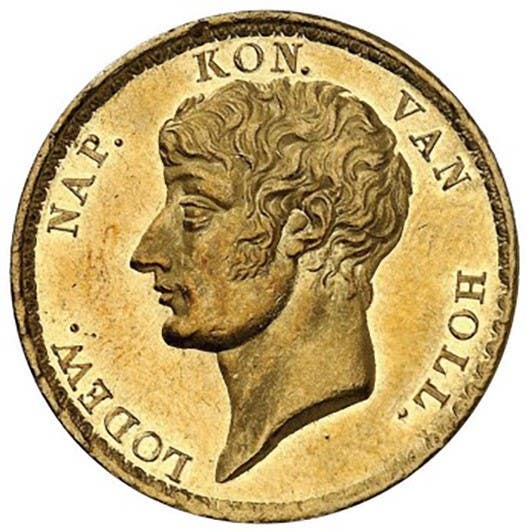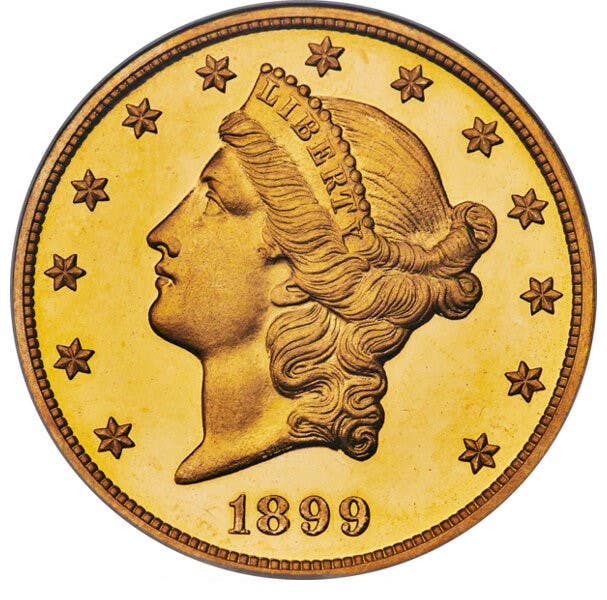Lesson for Mint from Packers
We love our Green Bay Packers in this part of Wisconsin. While the rest of the country marvels at the numbers of people who willingly pay $250 for stock in…
We love our Green Bay Packers in this part of Wisconsin. While the rest of the country marvels at the numbers of people who willingly pay $250 for stock in the National Football League Super Bowl Championship team that pays no dividends and you can’t sell for a profit, I had another thought.
Why doesn’t the U.S. Mint do the same thing?
Many collectors have warm fuzzy feelings about the Mint and would probably act on a Mint stock offer in a manner similar to Packer fans.
This isn’t a fund-raising idea so much as a public feedback idea. Owners of Packer shares get a vote at the annual meeting.
Owners of Mint shares would be given the same right and the annual question put before them would be whether the current director, acting director or whoever happens to be in charge that year has done a sufficiently good job to gain the confidence of the stock owners.
This would be valuable feedback. The problem with the Mint’s attempt to operate like a business in recent years with its Public Enterprise Fund is that it truly cannot operate like a business.
The sellout of the 25th anniversary American Eagle set is a home run in strictly business terms, but it is a big problem for the Mint anyway.
Angry collector customers shut out of the limited supply write letters to Congress. Congress is the boss of the Mint and angry constituents put congressional offices on their toes and these offices want problems solved and not necessarily along good business lines.
Also, as a government institution, there is bureaucratic tendency to think “we’re the government, we know best.”
This leads to ignoring potential public relations pratfalls and a culture of too much secrecy when a little more openness would lead to better relations with its valued numismatic customers.
What if the Mint had told the hobby in the spring it would do an anniversary set and asked the hobby what the mintage should be?
At the very least, the Mint would have been made aware of the sellout of the 20th anniversary set in 2006 at 250,000. This might have persuaded officials to establish an order limit of one set rather than five per household if it couldn’t raise the production number.
An annual shareholder meeting would give Congress some constructive public feedback that doesn’t come in the form of angry constituents and the Mint would have a forum to which it would have to be at least partially accountable.
A Mint director could not be removed by the annual meeting like a corporate board member could be, but an annual vote would be a powerful message to Congress.
What would the Mint do with the funds it would raise in a stock offering? Accelerate its website improvement plan, perhaps?









